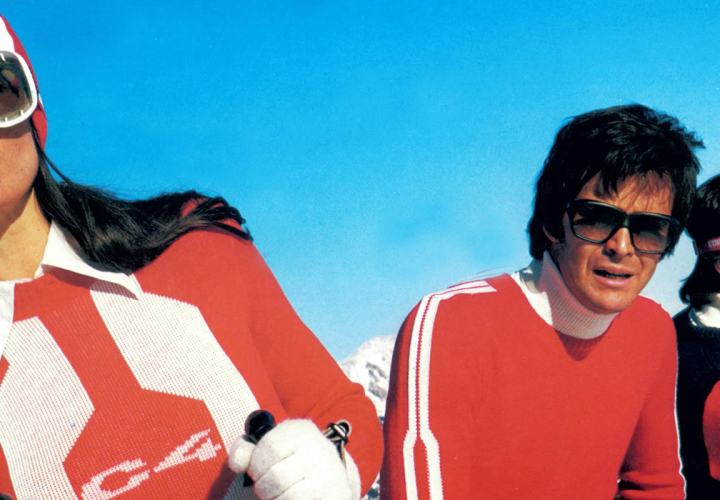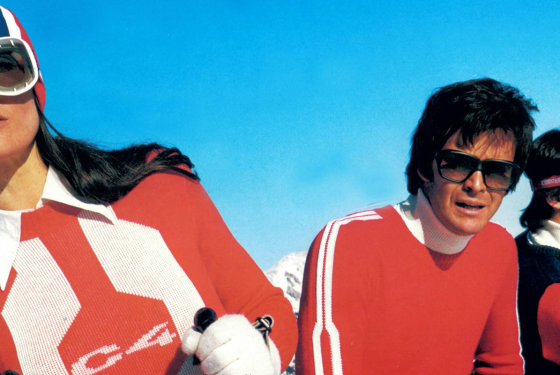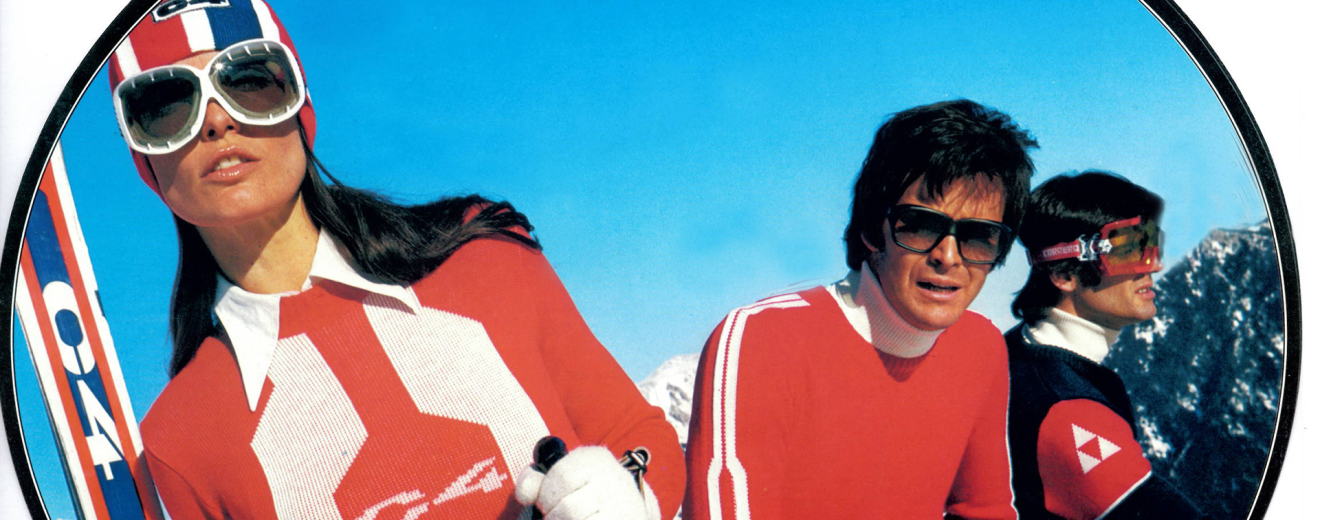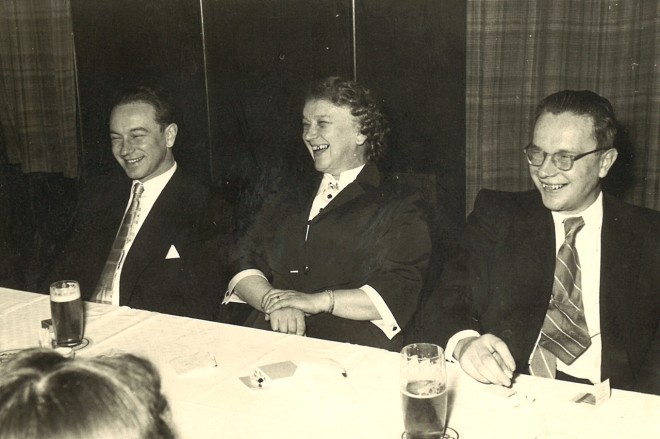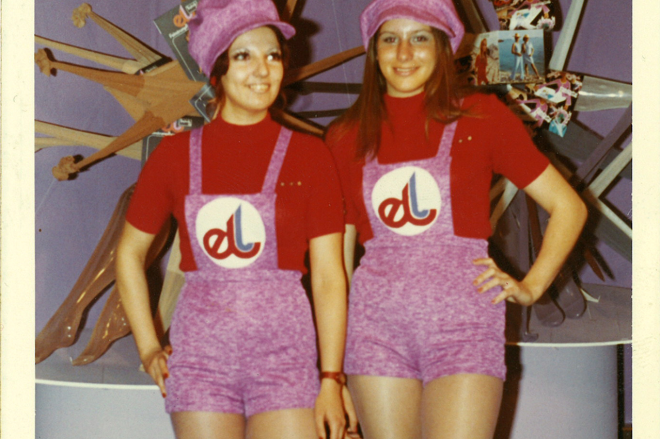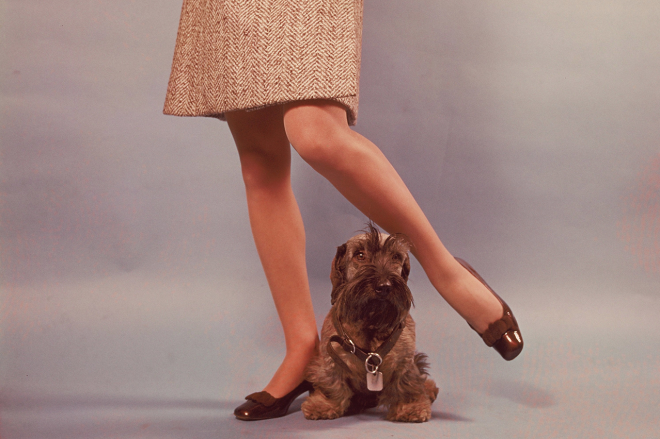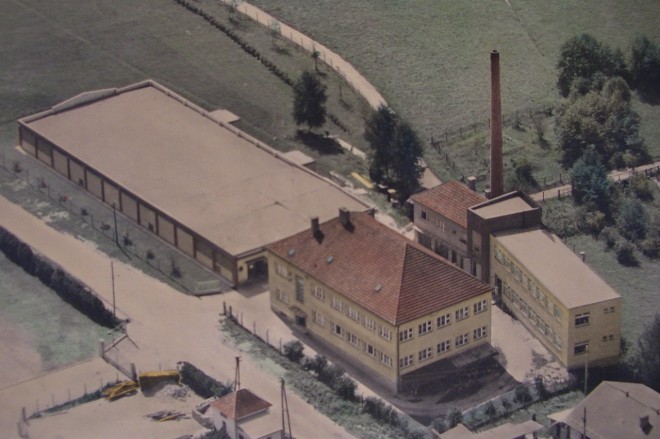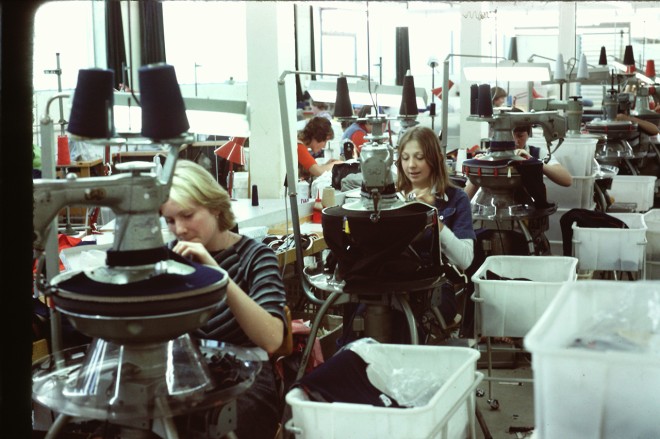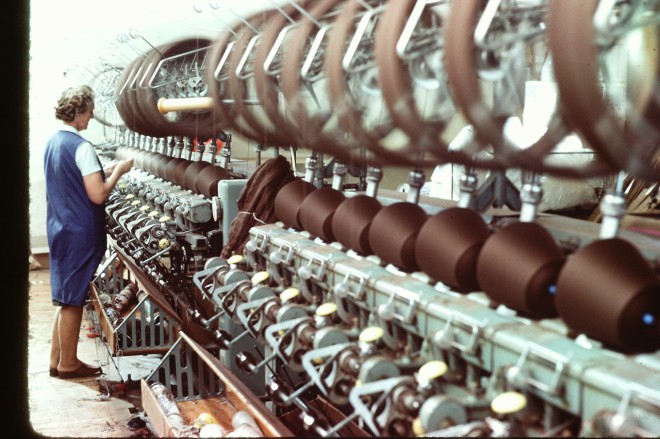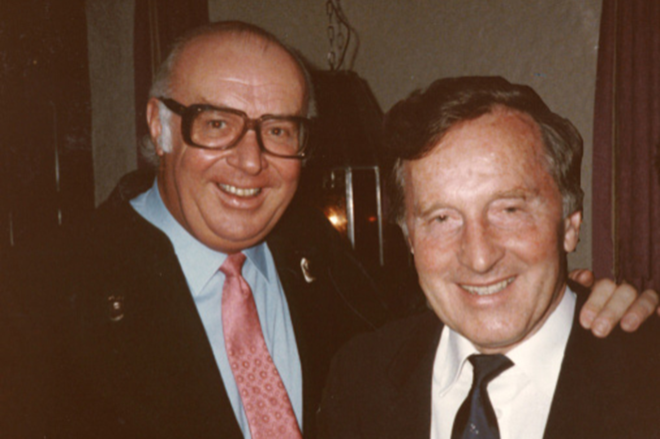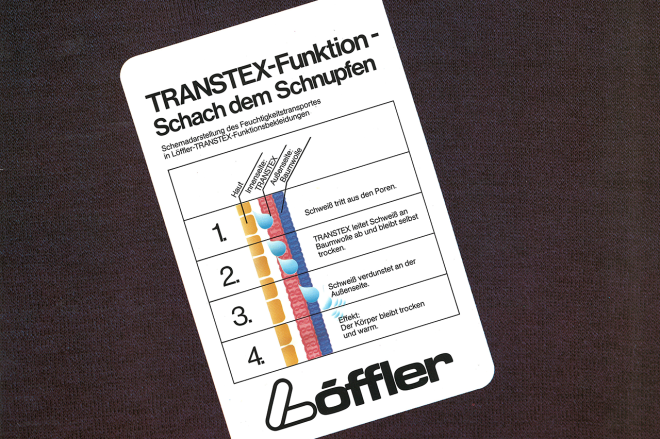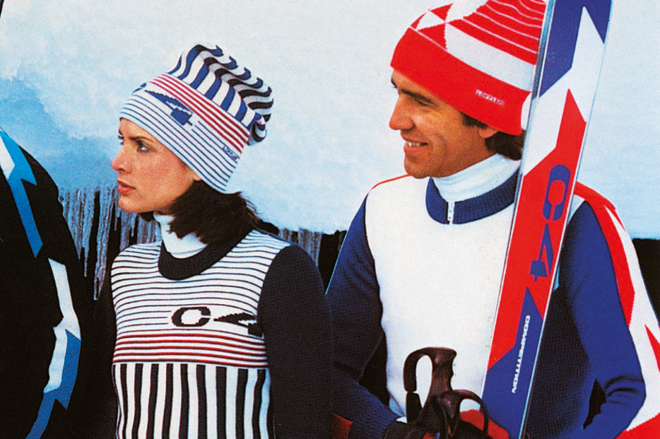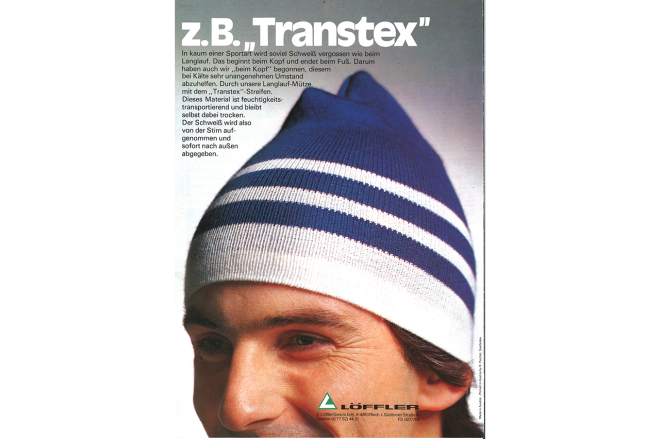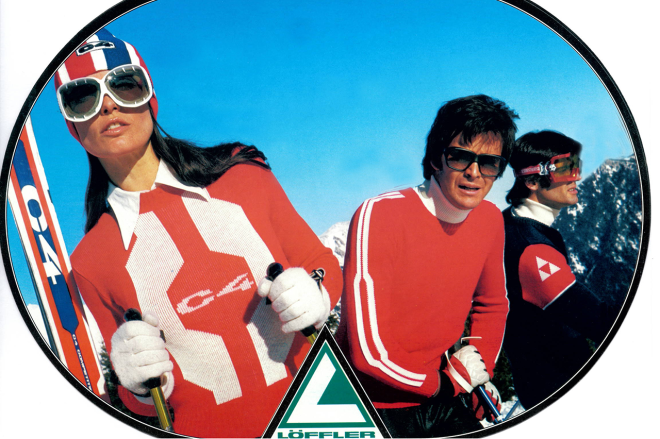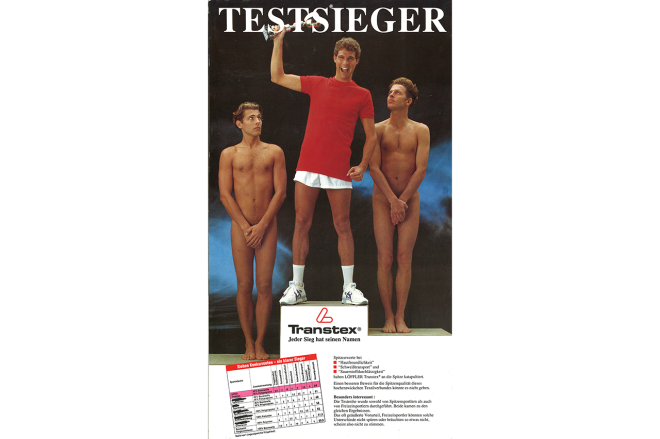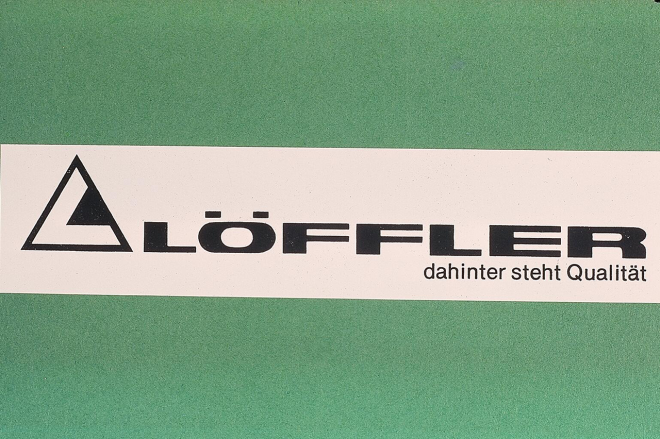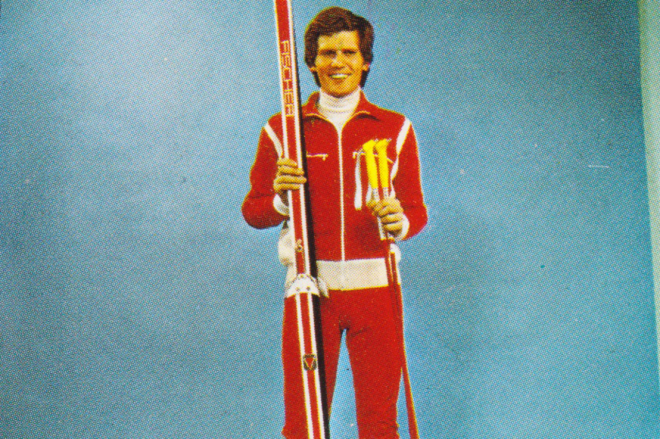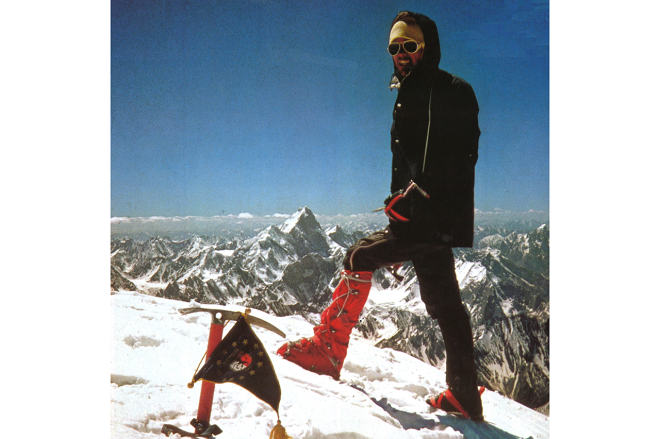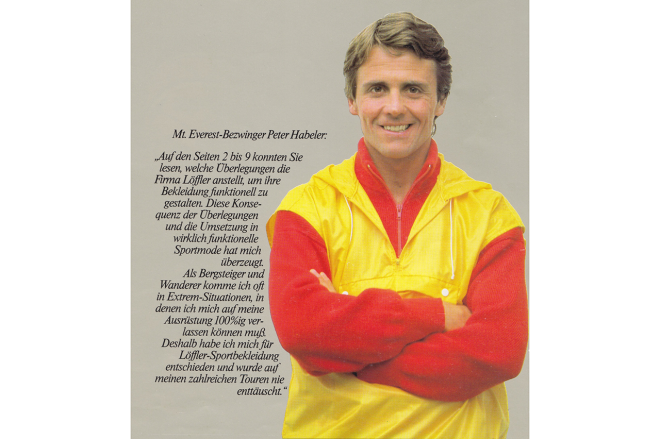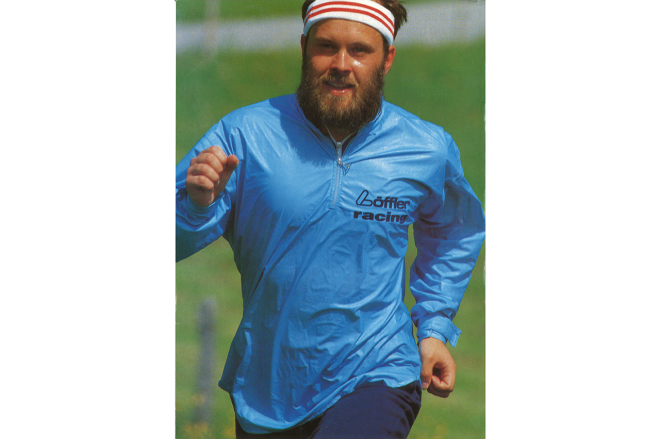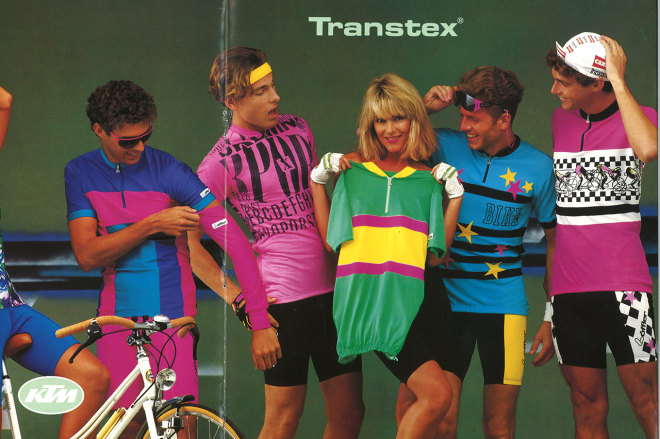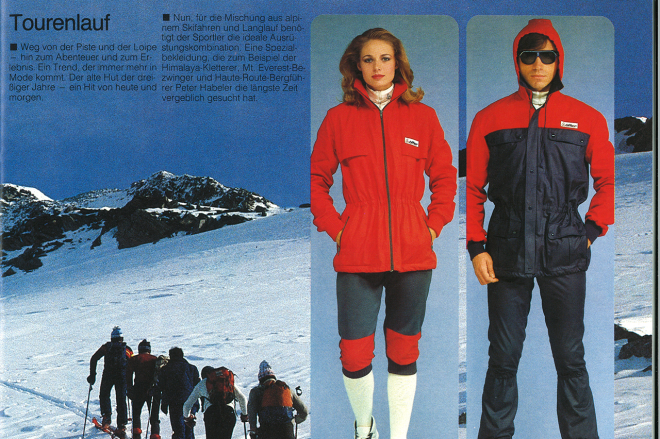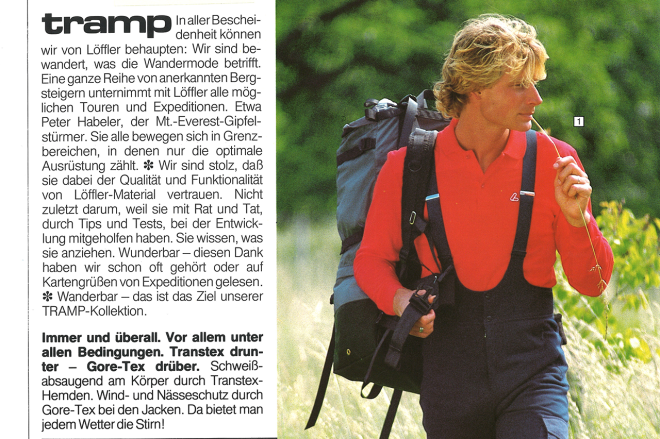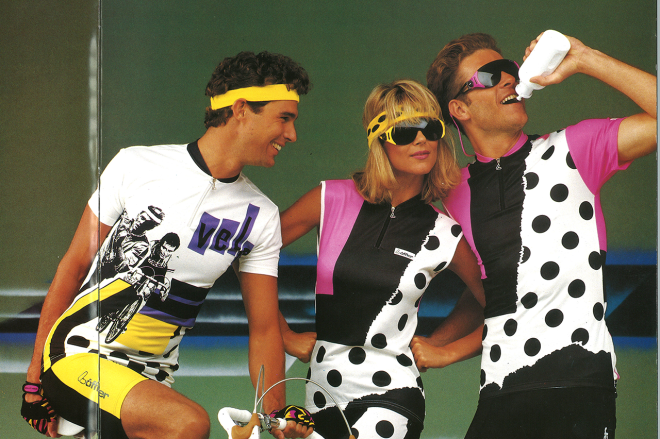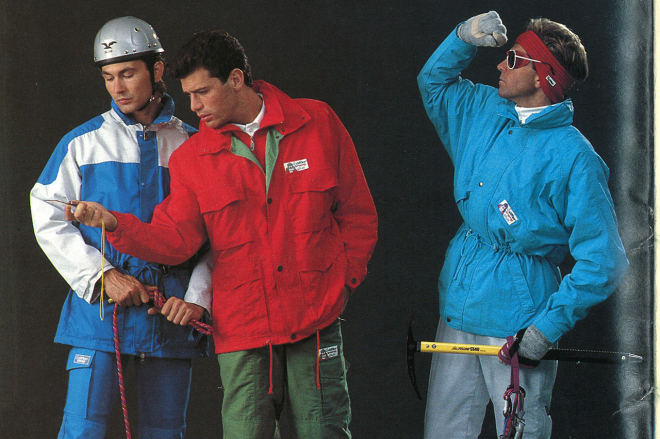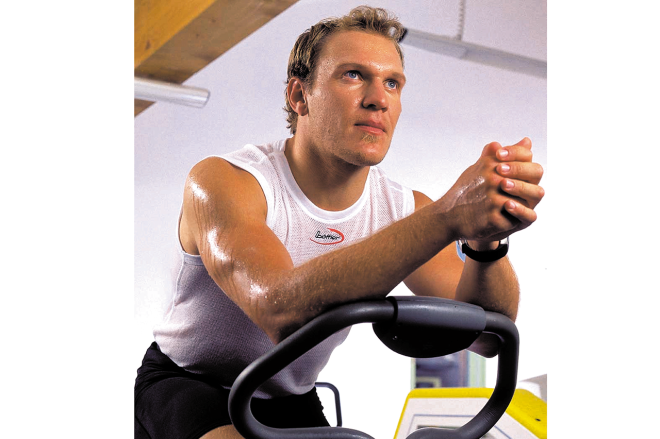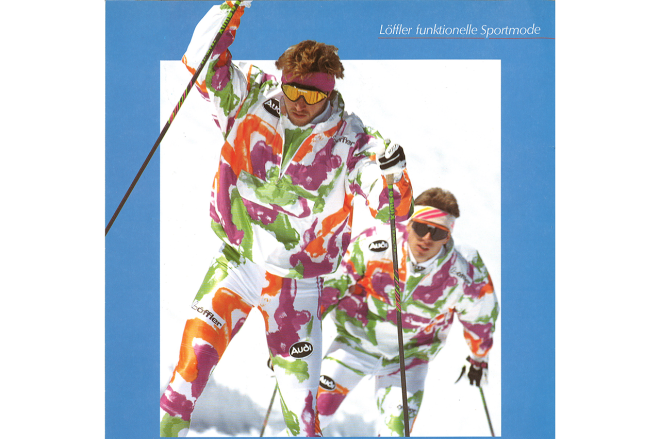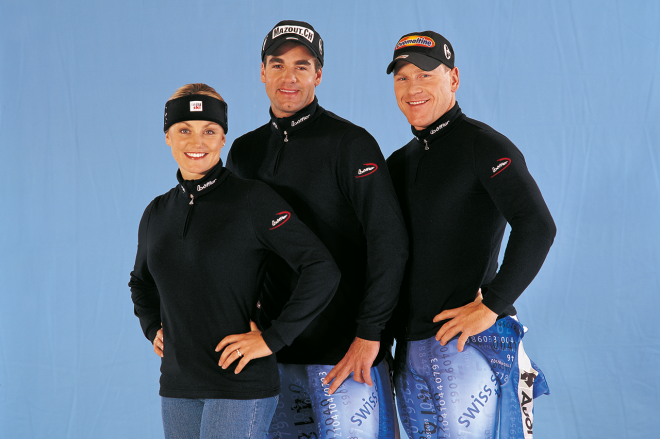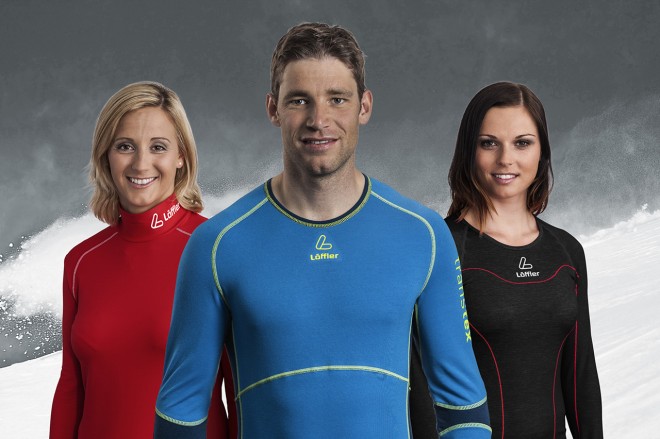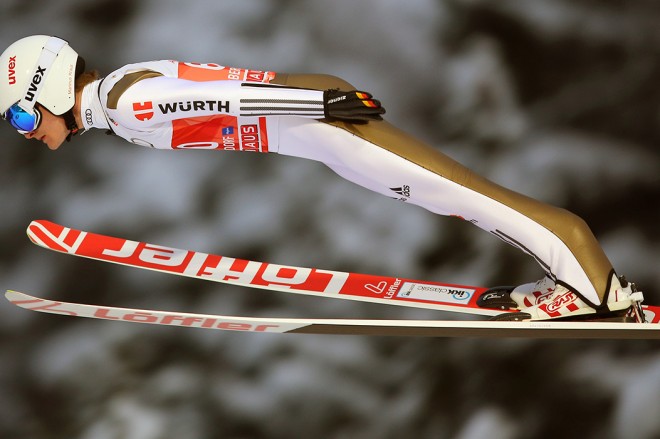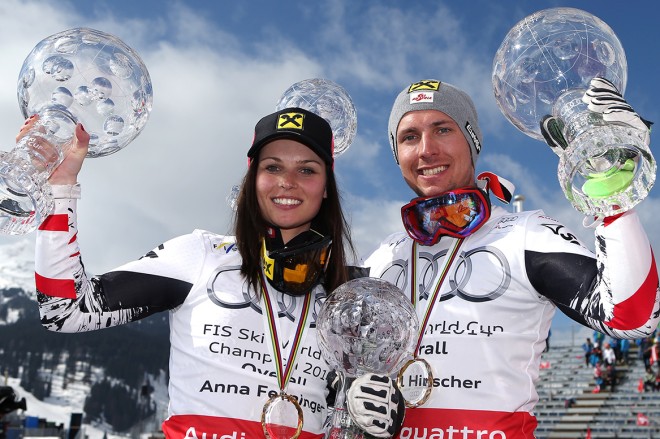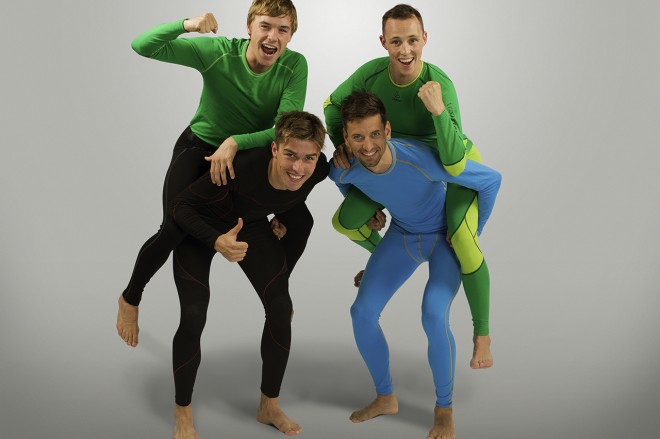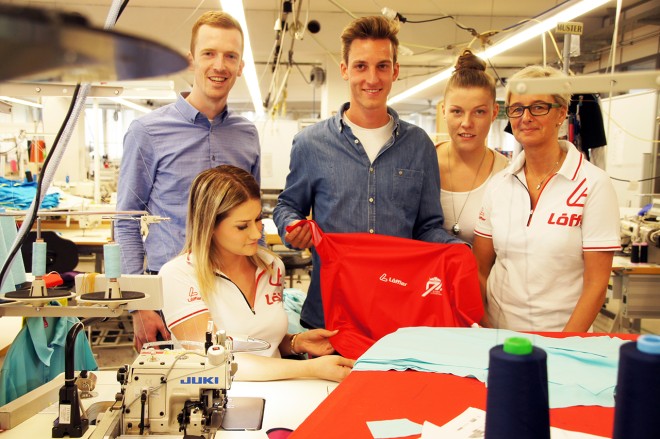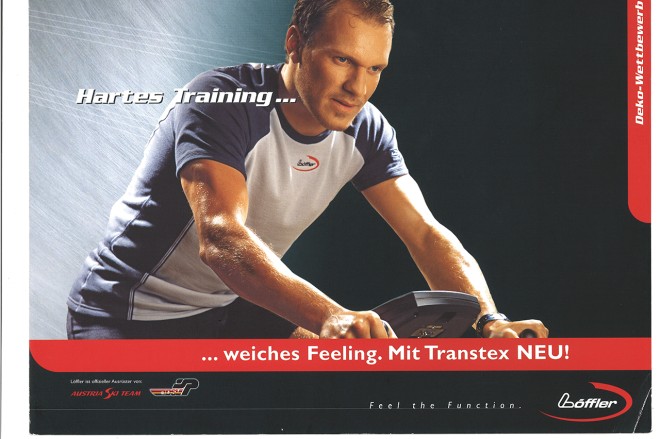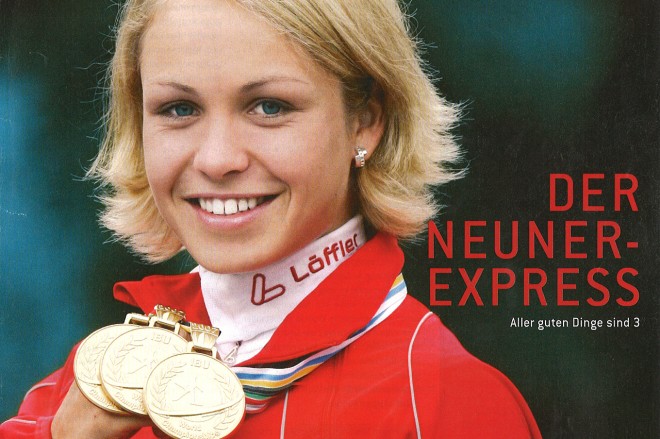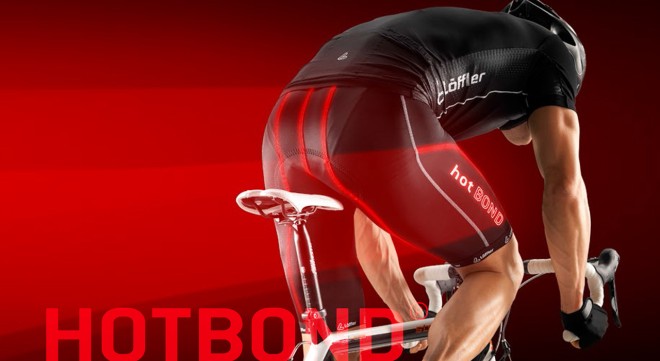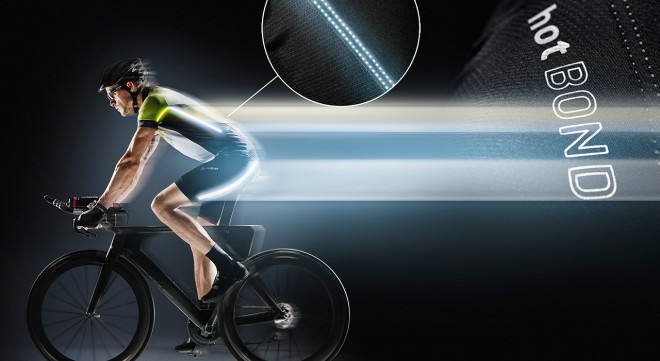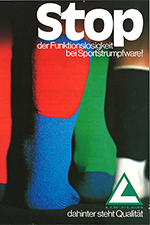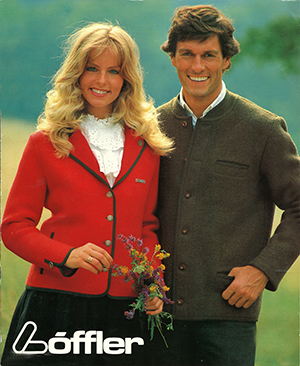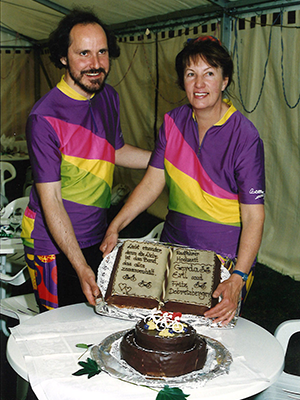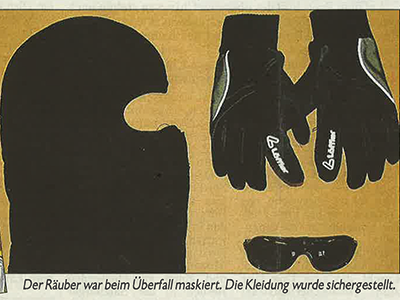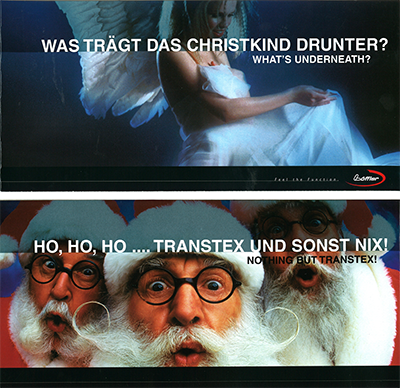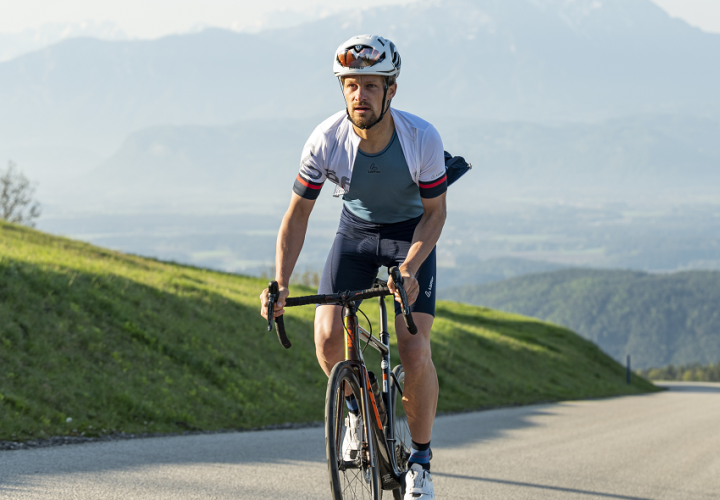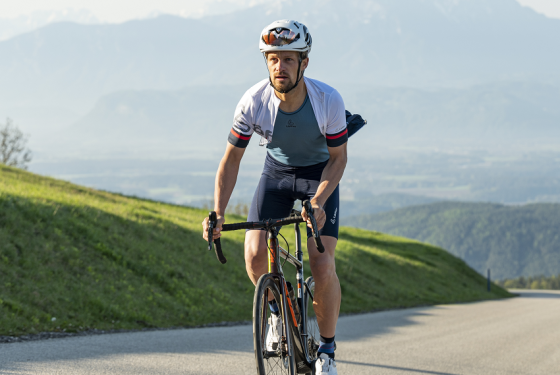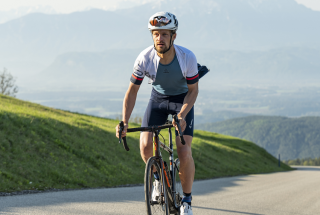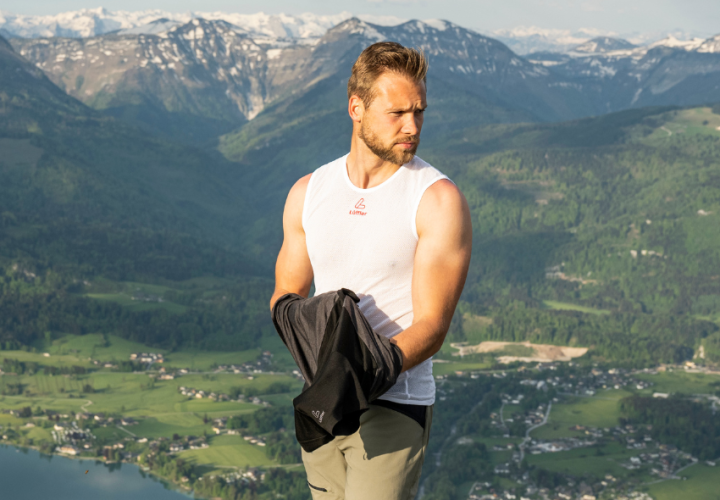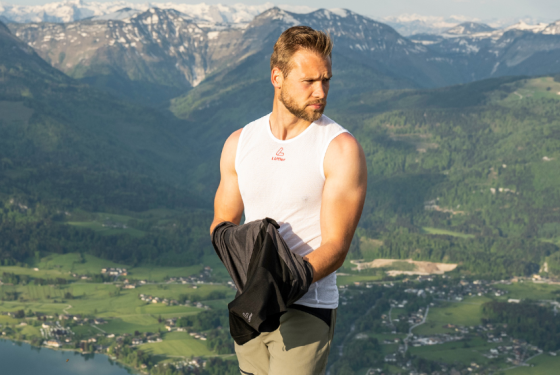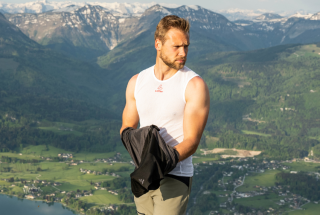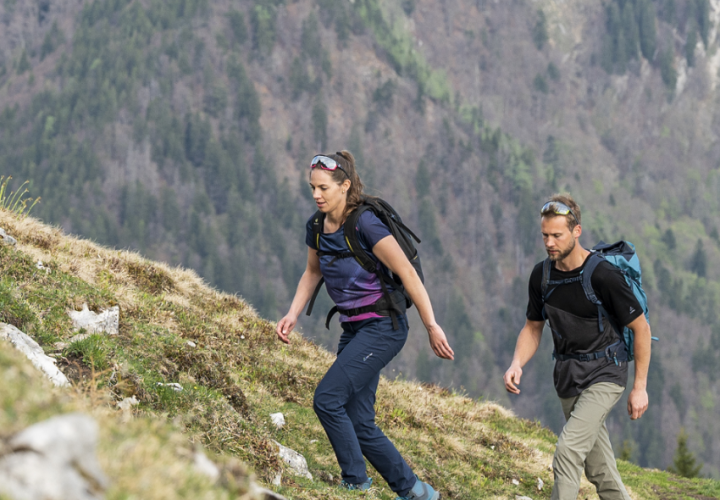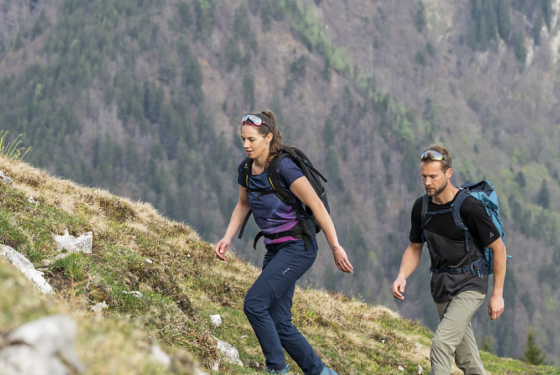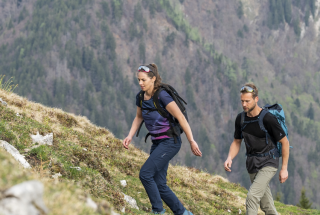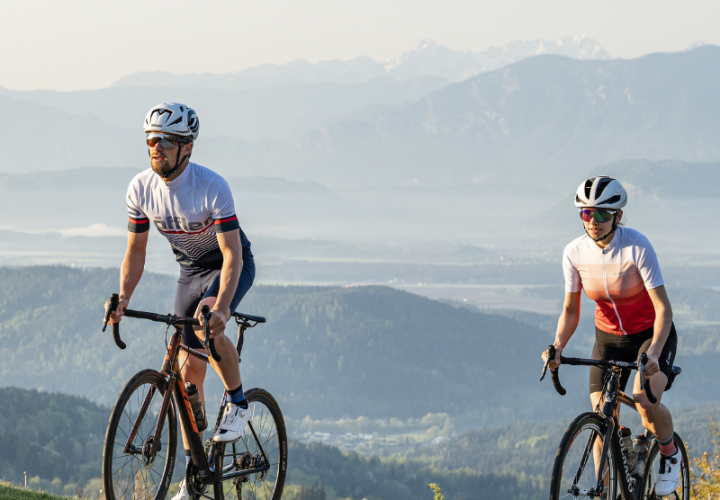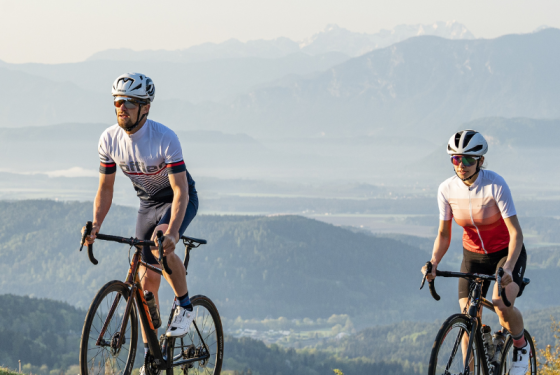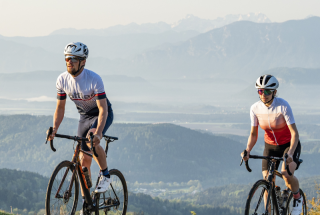From six sewing machines, where clothing was made from disassembled blankets, to an internationally successful sports textile manufacturer, the Löffler brand has a history that is more than just moving. A history that began long before our official founding date in 1973: as early as 1946, our namesake Elfriede Löffler founded the sewing shop that, in an inn in Ried im Innkreis, laid the foundation for the later Löffler company.
Erwine Ast’s daughter, a former employee in the early years, recalls: “After the war, there was no fabric available. Therefore, old Wehrmacht blankets were taken apart and used to sew men’s shirts, which due to the shortage were sold immediately. During the day, there was no electricity or it was needed for other things, so the women mainly sat at the already electric sewing machines at night.”
The Early Years: From Hosiery Manufacturer to Sports Specialist
The young company quickly became successful, as fabrics and textiles were scarce after World War II. Soon the sewing shop outgrew the rented premises and established its own branch in Ried im Innkreis. By the end of the 1960s, the company grew to up to 400 employees. However, increasing competition from the Far East and unfortunate investments led to the company being on the verge of bankruptcy in 1973. The ski producer Fischer, also based in Ried, took over the economically struggling Löffler GmbH.
This challenging phase in the company’s history became the birth hour of today’s success – the Löffler brand was born. They remained loyal to the location in Ried im Innkreis, and in the early years within the sports-focused Fischer family, everything revolved around evolving from a hosiery manufacturer to a producer of sports textiles. Step by step, the focus shifted to functional sportswear. Initially, ski pullovers and caps were produced, followed by cross-country skiing suits, and eventually a tennis collection – Löffler established itself in the sports world and eventually became a pioneer of innovation.




